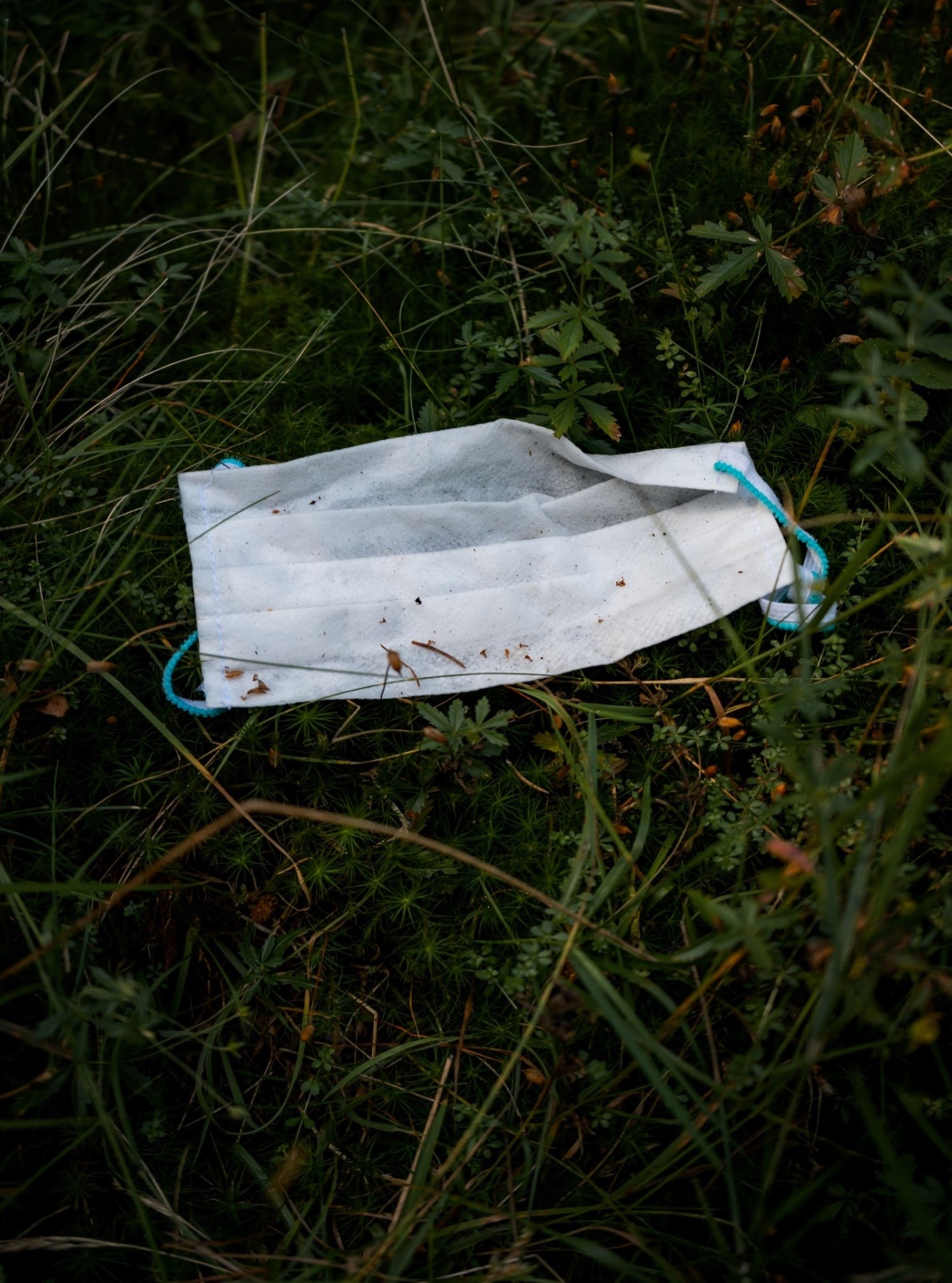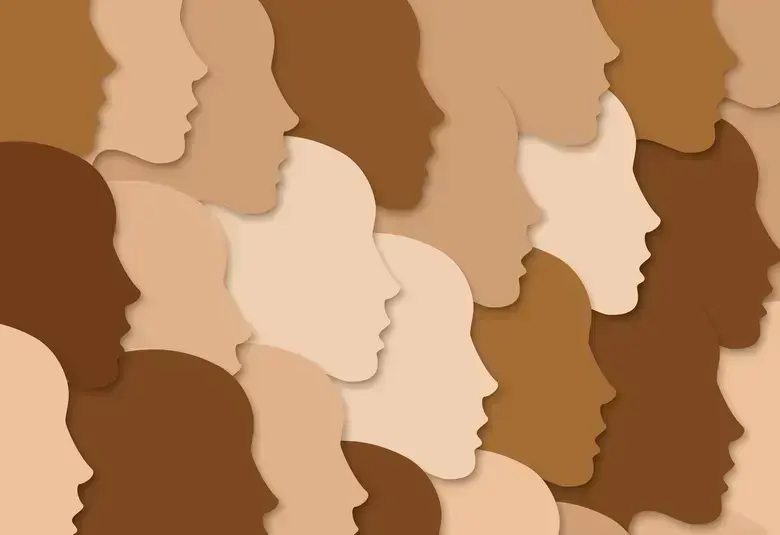Some scars are physical, while some are psychological, some are a mixture of both, interacting in endlessly complex and dynamic ways. But be it physical or psychological, all are nonetheless, debilitating. The advent of the vaccines heralds that faint light at the end of the tunnel that the physical, medical battle for COVID is at its close. The psychological battle, on the other hand, the new frontlines of this pandemic, the lines are just being drawn. We can only get an idea from history, that on this new frontline, the battle will be insidious and chronic, because the enemy is within.
The long-term psychological effects of this profoundly traumatic pandemic experience on the world populace is hitherto unknown. One can only take a cue from the past Spanish influenza of 1918 to 1919, get a feel for the long-term psychological effects. The disease had affected 200 to 700 million people and killed between 10 and 21 million. The psychological scars it left, although silent and hidden at the time, are slowly being uncovered in the wake of the new COVID pandemic. Dr. Svenn-Erik Mamelund, PhD, looked at asylum hospitalizations in Norway from 1872 to 1929, Mamelund found that the number of first-time hospitalized patients with mental disorders attributed to influenza increased by an average annual factor of 7.2 in the 6 years following the pandemic. He also reports that Spanish flu survivors reported sleep disturbances, depression, mental distraction, dizziness, and difficulties coping at work, and that influenza death rates in the United States during the years 1918-1920 significantly and positively related to suicide.1
The ravages of the pandemic continued, that by 1919 and 1920, physicians and researchers in Great Britain were already reporting a marked rise in nervous symptoms and illnesses among some patients recovering from influenza infection; among other symptoms, depression, neuropathy, neurasthenia, meningitis, degenerative changes in nerve cells, and a decline in visual acuity were cited.1 With these historical precedents, it can be surmised that COVID will take the same course. In a study by Victoria et al., they aimed to explain why the COVID-19 pandemic is a traumatic stressor. In the study they found that on average, participants anticipated more events than they had experienced. The most common worst experiences were being in lockdown (13.1%), trouble obtaining supplies (11.2%), and voluntarily self-isolating (10.8%). The most common worst anticipated experience was close family/friends passing away (38.1%), followed by becoming ill or passing away (22.2%), and close family/friends testing positive (9.2%). It was also surprising in the same study that participants had PTSD-like symptoms for events that had not yet happened, challenging the nature of traumatic stress as a problem pertaining only to the past.2
Taking a cue again from history, it can be seen that when it comes to mental health, the historical record shows that the pandemic, like the war, took a toll on the emotional resilience of those not (or not yet) in harm’s way. The massive and sudden loss of life plunged many into a chronic state of helplessness and anxiousness. A large portion of the population were affected by the loss of loved ones. Parents had to come to grips with losing a child (or even several children), while some children suddenly found themselves parentless. The current COVID 19 pandemic will also have that long reaching impact, it carries with it the same, and unique challenges. With a deeper understanding of trauma, it can only be hoped that this current pandemic’s traumatic stress will be mitigated at the front lines, stopping it from putting down deep roots, and mitigating any intergenerational transmission.




